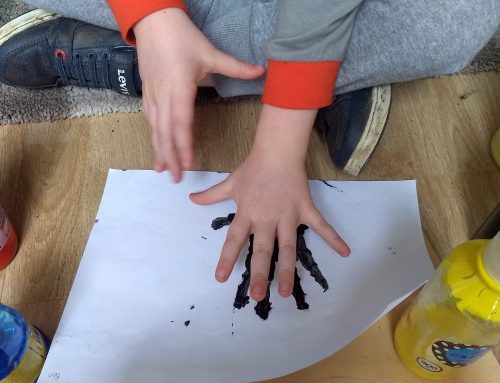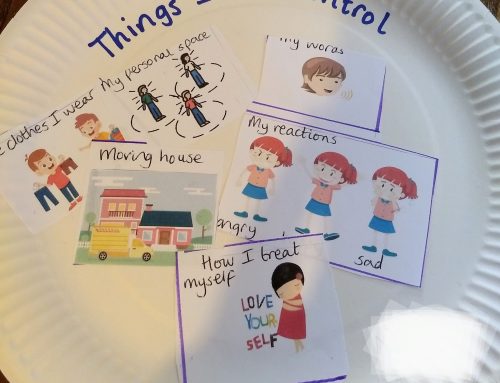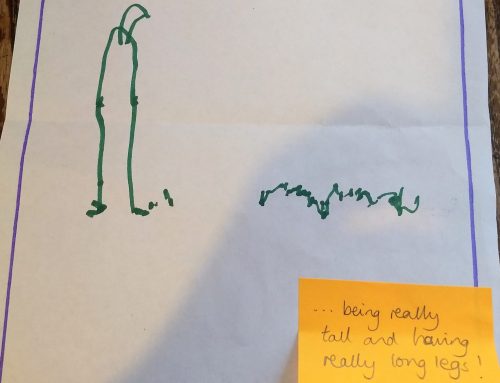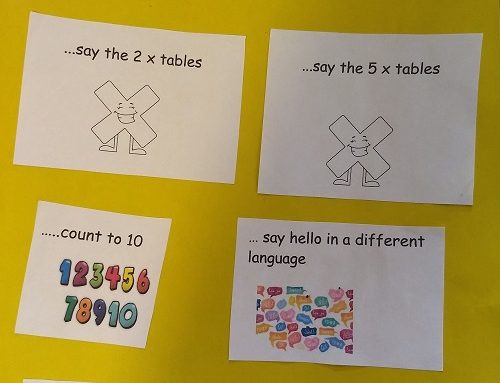by Sarah Robinson – Primary Teacher, Outside Education
Learning outcomes:
- To be aware of the different reasons for being told ‘no’.
- To understand why ‘no’ is often extremely important.
- To explore how we feel when we are told ‘no’ and find ways of dealing with this.
Resources
- Book: I Really Want The Cake by Simon Philip
- 2 pieces of paper
- Drawing and writing tools
- Number line or grid
Activity: Read and discuss I Really Want The Cake
Key points:
- Notice how the girl tries to distract herself from the cake and do something different. This is a good strategy for dealing with waiting or being told ‘no’.
- What are your favourite activities? These are usually the best distraction activities!
- Being told ‘no’ can be very frustrating. The girl tried hard but in the end decided to ignore her mum’s instructions and she ate the cake. Does she look happy afterwards? Why not? What do you think she’s feeling?
- Talk about the possible consequences of the girl’s actions.
- ‘No’ can be given for different reasons. You will hear ‘no’ when something is unsafe for us or other people. This is a ‘no, never’ (not wearing a seatbelt, playing with a plug socket, eating certain foods when you have allergies etc). It is very important we obey these types of ‘no’.
- ‘No’ can sometimes mean ‘not right now’. Perhaps there’s no time, perhaps there’s not enough money, perhaps the weather spoiled your plans.
- When you’re told ‘no’ it’s helpful to understand what type it is. If you’re not sure, ask! Understanding the reasons for ‘no’ can often help you accept it and might make you feel a little better about those difficult feelings that accompany it.
Activity: Role reversal role-play!
- This activity encourages children to understand why their parents must sometimes say ‘no’.
- The adult plays the role of the child and makes various requests which will require a ‘no’ answer. The child (as parent) must think about the answer to each question, respond appropriately and give reasons why.
- Examples: Can I feed grapes to my 5 month old baby brother? Can we go to the park this afternoon? Can I ride in the car without my seatbelt?
- Remember: it really helps you deal with the frustration of hearing ‘no’ when you understand the reasons behind it.
Activity: Create a waiting calendar
- This activity can help in a ‘no, not right now’ situation.
- Draw a detailed picture of something you really want right now (toy/object/experience). On a separate piece of paper, create a ‘countdown calendar’ showing the days you’ll have to wait for it to arrive or happen. Eg: you might be waiting for a parcel that’s being delivered in five days; maybe you’re eager for your birthday in two months; you might want to visit Granny but have to wait until lockdown finishes. Start by writing the current month and today’s number (date) and continue the numbers in a list. Grouping days into weekly chunks can help. Cross off each day, one day at a time, until the special day arrives.
- Seeing the ‘waiting time’ visually can really help and can enable you to feel more in control of the situation!






Leave A Comment